The Medieval Town of Carcassonne
- AMCL Schatz

- Feb 19, 2023
- 7 min read
Perhaps you are familiar with the board game, "Carcassonne," the tile-laying game in which players fill in the countryside around the fortified city. But did you know that this was inspired by a real city by the same name?
The real Carcassonne is a hilltop town in southern France’s Languedoc-Roussillon area, well-known for its medieval citadel surrounded by imposing stone walls with turrets and towers. This settlement was built on the ruins of an old Roman fortress and was at the centre of the Albigensian Crusade in the 13th century when the city was a stronghold of Occitan Cathars. I was quite excited about this visit because I have always been fascinated with the crusades and with all things medieval.
Our Tour Director also mentioned that the 1991 movie, “Robin Hood: Prince of Thieves” with Kevin Costner, was partially-filmed there. My imagination went wild with images of knights, damsels in distress, troubadours and squires, dungeons and moats, and horses in full regalia. This is definitely the stuff that medieval fairytale dreams are made of.
But before reaching the fortress, we drove through the town centre first, known as the Bastide Saint-Louis or Ville Basse (Lower City), which was rather modern but charmingly dotted with plane trees along the boulevards. Most often overshadowed by its medieval sister, Ville Basse nevertheless provides a captivating starting point to a magical adventure. Its streets are lined with French bistros, cafés, shops, restaurants, and hotels.
Our Tour Director told us that this is the "real" city of Carcassonne where the locals actually live. And though it looks modern, it is actually a lot older, having been founded in 1240. For centuries, there had been a rivalry between the old fortified city and this lower city. Eventually, the citadel lost its strategic importance and Bastide Saint-Louis became the main administrative and commercial centre.
But since the fortified city is more interesting, that is, from a touristique point of view, that's where we would be spending most our time on this trip.
I was brought back to my whimsical mood as the spiky turrets and stately ramparts of the fortress became visible on our drive up the wall. Perched on the rocky hilltop, its citadel, called La Cité, dominated the skyline with its imposing watchtowers and double-walled fortifications. It dates back over two millennia and the fortified town, encircled by two sets of battlements, is punctuated by stone towers topped by the “witch’s hat” roofs.
We parked beside the ancient cemetery across the main entrance and we were given the freedom to explore at our own leisure.
From the main gate of Porte Narbonnaise on the eastern side flanked by two gigantic towers, we crossed the drawbridge that leads into the citadel’s interior. It was like traversing a bridge to another time, another century...back to the fascinating Middle Ages.
Of special mention is the bust of a smiling medieval woman that greeted us. We were told that this is “Dame Carcas,” in whose honour the city was named. According to legend, she was the wife of Ballak, the Muslim prince who ruled the city when it was still controlled by the Saracens. Dame Carcas lost her husband during the war with Charlemagne, but bravely led local troops in defending the city against the attack of the Frankish emperor's army. They retreated due to her brilliant psychological ruse.
After five years of continuous siege, the enemies thought that the city must have been starving, which was actually close to the truth, as the locals had nothing left to eat but some wheat and a single pig. But the dame ordered her men to feed all the wheat to the pig to fatten it up. Then they hurled the animal from the highest tower toward the opposing army waiting outside the gates. Upon seeing this, Charlemagne's army concluded they must be failing in their intimidation and blockade tactics if the people inside could still afford to waste fattened livestock. The people inside the walls must still have an overflowing food supply and it would take far longer to get them to surrender. The soldiers eventually gave up and marched away, after which, the dame commanded her men to ring the bells from every tower in celebration. The townsfolks cried, “Carcas sonne” (Carcas rings!) and that’s how the city’s name came to be. But it was just a legend, so they say, for it was actually Pepin, Charlemagne's father, who seized the city.
Inside the walled city is a maze of cobbled lanes and courtyards, now mostly lined with shops and restaurants. Since we were all starving, we decided to have lunch first and then see the historic sites before visiting the interesting stores.
Our first stop was the Basilique Saint-Nazaire (Basilica of Saint Nazaire), famous for its Gothic transept, Romanesque nave, stained glass windows, and enormous rose window, making it a truly interesting combination of two architectural styles in one monument. It also has the biggest organ in the south of France, rescued from decay in the 1960s. A haunting, monastic chant was being played at the time of our visit, which brought to mind images of medieval monks in prayer.
Just beside the church is the southern gate called Porte de Saint-Nazaire, characterized by four watch towers and heavy wooden doors. Obviously, it was fortified to protect the basilica and its adjacent square with the same name.
The Théâtre de la Cité, across from the church, was the site of the former Nazaire cloisters and was refurbished as a theatre, thanks to Jean Deschamps, an actor and director who set up the famous Festival de la Cité, now held annually.
The western gate, Porte d’Aude, overlooks the river from which it got its name. This lookout provides the most beautiful view of the Aude River and the city below, and is the favourite spot of many photographers. Its ramp, surrounded by battlemented walls, is also a popular backdrop for scenes in several medieval-themed movies and television shows.
But what's interesting about it is its design as a defence system. High archways hide false doors that lead nowhere, intended to trap attackers. Meandering corridors also lead to various landings to cause confusion. In short, its architects planned everything to create a bait in which the enemy would find themselves caught. This allowed the defenders of the city to attack the helpless enemies from all sides. Brilliant!
Within the walled city is an imposing castle-fortress named Château Comtal (Castle of the Counts), often referred to as "the fortress within the fortress." It was built by the Trencavel family, the most powerful viscounts of Carcassonne in the 12th century. The location, which was the steepest part of the hill, was chosen for its advantageous position against attackers. It has a quadrangular structure with nine towers, two of which are of Visigoth origin. One is the Pinte Tower, the highest tower within the city, and the Tour de la Chapelle, that contains a chapel dedicated to the Blessed Mother.
We admired its round towers, curtain walls, fortified gatehouse, barbican, and moat. But in order to see the keep’s rooms and a section of the battlements overlooking the surrounding countryside and the distant Pyrenees, we had to pay an entrance fee. The line-up was not so bad, but we opted to skip this due to lack of time. I must say I was a bit disappointed. This castle played a huge part in the siege of the Cathars in Languedoc by the Catholic Crusader Army and thus, has a strong claim to be called, “The Cathar Castle.” If you are a fan of Dan Brown and his tales, you will understand why I would have wanted to see this castle from inside.
The last gate, located at the city's north side, is the Porte de Rodez, named after the city of Rodez which lies in the north and used to be part of an earlier trade route. In fact, it once opened onto the market town of St. Vincent, which no longer exists today.
Carcassonne's citadel is protected by a double enclosure or two defensive walls. The grassy path between the two walls is called Les Lices (French word for open space between the inner and outer walls), accessible from any of the four city gates and also from the inside. One can walk around almost the entire castle through this gap, and a full lap is about three kilometers. We heard that on some days, there are horse-drawn carriages that can take you around, but we were content with walking down a few feet and just getting a sense of the sheer scale of these walls.
It was said that in the 18th century, the poorest inhabitants of Carcassonne built their houses there. Imagine living inside a grand castle like this! They must have felt a little bit rich, even though they were poor. But their homes were demolished during the restoration in the 19th century.
We thought of walking along the ramparts. There were two options - through the western part and through the northern one - and both cost extra money and would take some time to complete. Two of my amigas said they were too tired to do more long walking and climbing, and were eager to just leisurely stroll along the shopping streets.
So, we decided to end our historic tour and begin our window-shopping spree. None of us was really intent on buying anything. We just wanted to peruse the medieval wares in medieval-themed stores – from the specialty shops that sold good quality local crafts and products such as tapestries and laces, hand carved wooden chess sets, and ancient maps, to the tacky souvenir shops that sold gargoyles, princess dresses, knight’s armour costumes, and replicas of swords, daggers, and other types of medieval weaponry.
But there were other shops worth visiting as well – those that sold artisanal wine, cheese, beer, chocolate, bread and baked goods, clothing, books, perfume, cosmetics, and so much more.
If not for tourists wearing modern clothes, one would feel like walking along a 12th century French village, what with all the architectural features and medieval structures dotting every corner.
Of particular interest is the oldest well, known simply as The Great Well. It was said that the Visigoths, fearful of the arrival of Attila the Hun, hid in it the treasure from the Temple of Solomon. It has been excavated many times, but sadly, the treasure has not been found. I took a peek as we walked by, just in case, but found nothing. Instead, I just made a wish....but for a different kind of treasure.
Wishful thinking aside, this visit was indeed a magical terminus in the south of France. Our walk through Carcassonne's cobbled streets was a journey through history and fantasy that blended seamlessly in my imagination.
Photo Credits:
travelawaits.com, travelinspires.org, grand-carcassonne-tourisme.fr, L'Auberge des Musées Facebook page, Jean-Pol Gradmont (Wikimedia), medieval.mrugala.net, Duch (Wikimedia), Pinpin (Wikimedia), greatdestinationsradioshow.com, travelandlifestylediaries.com, thegeographicalcure.com, tourisme-carcassonne.fr, frenchmoments.eu, larouteadeux.fr











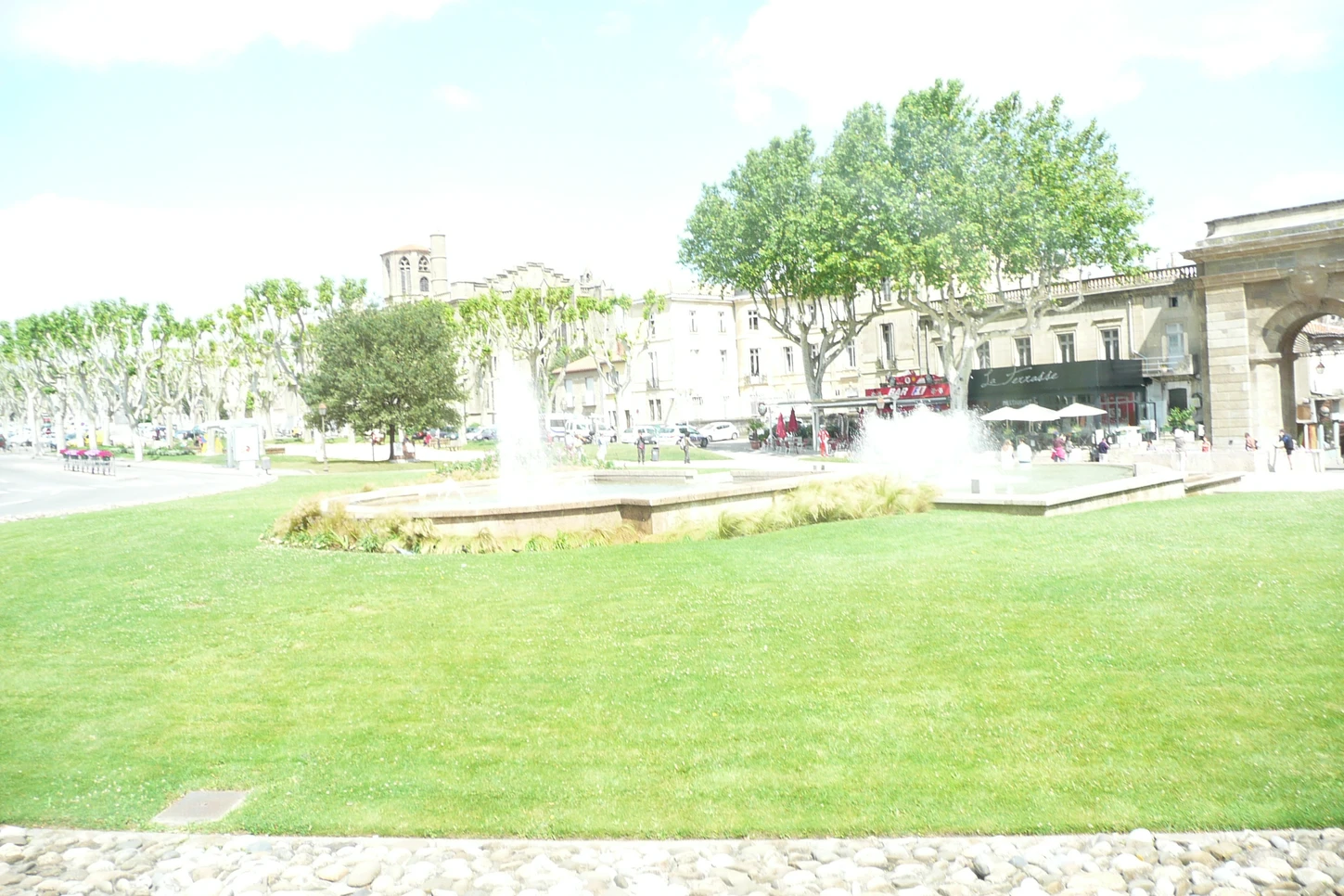
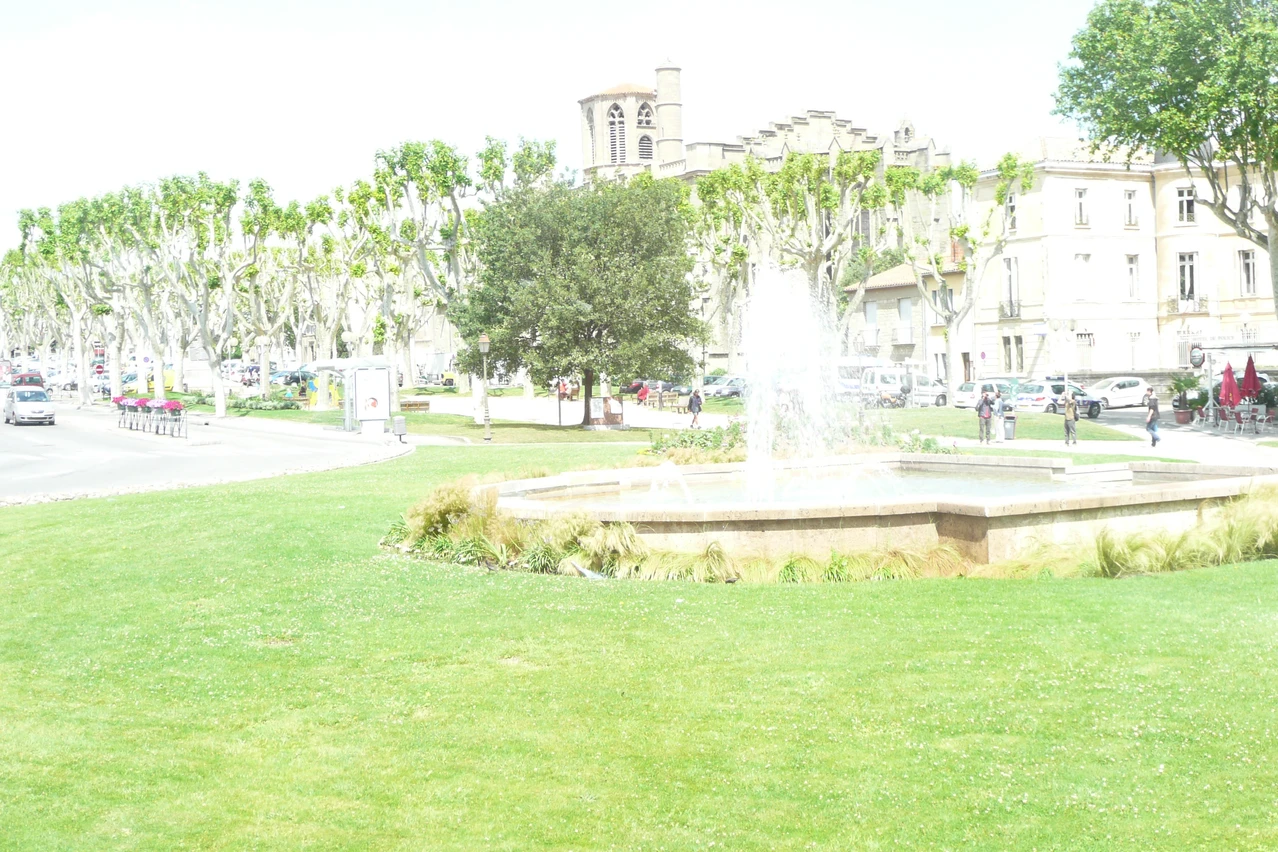




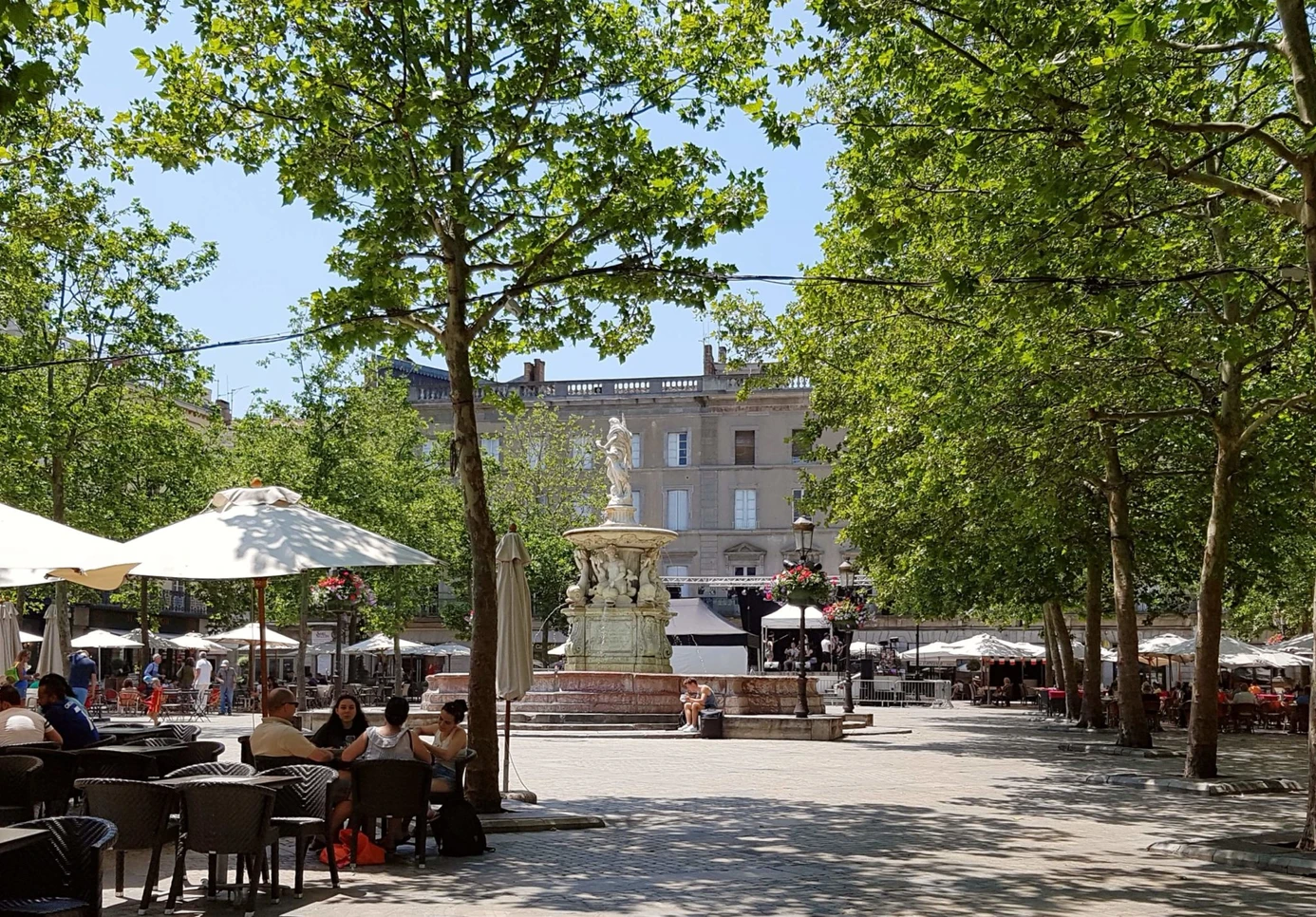
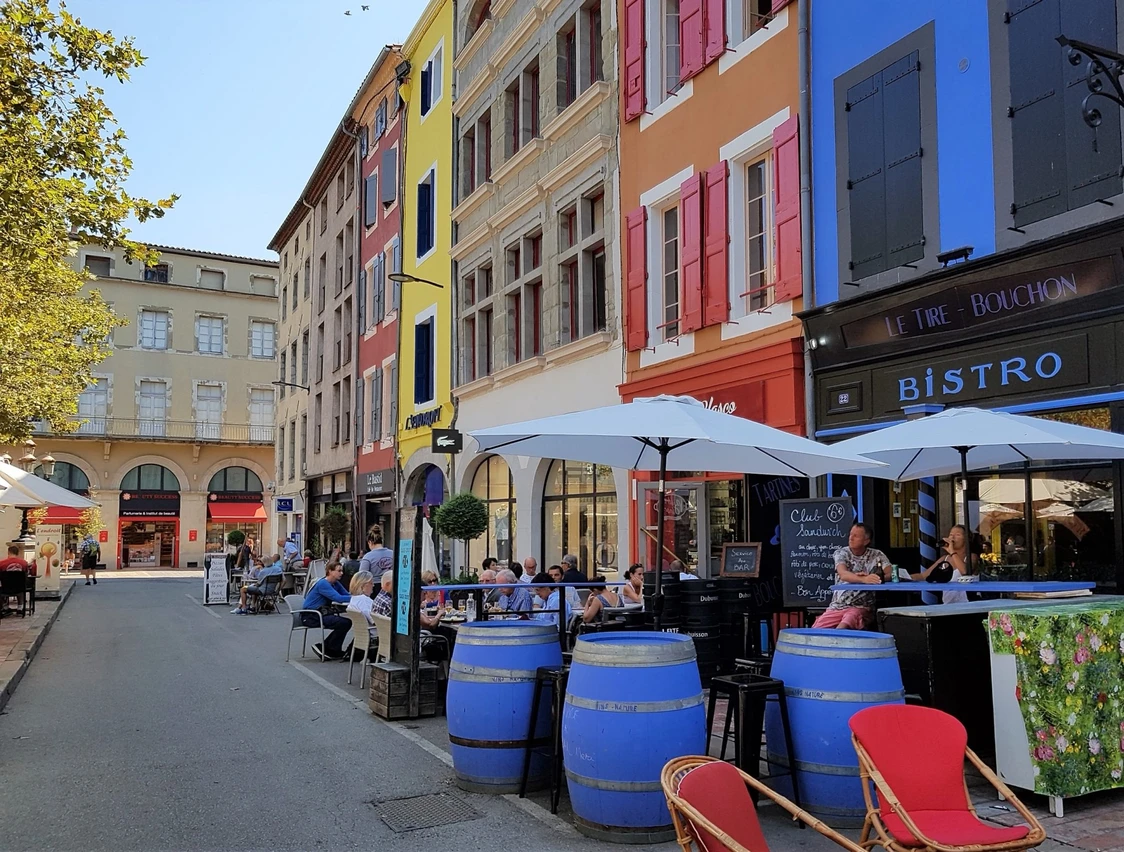
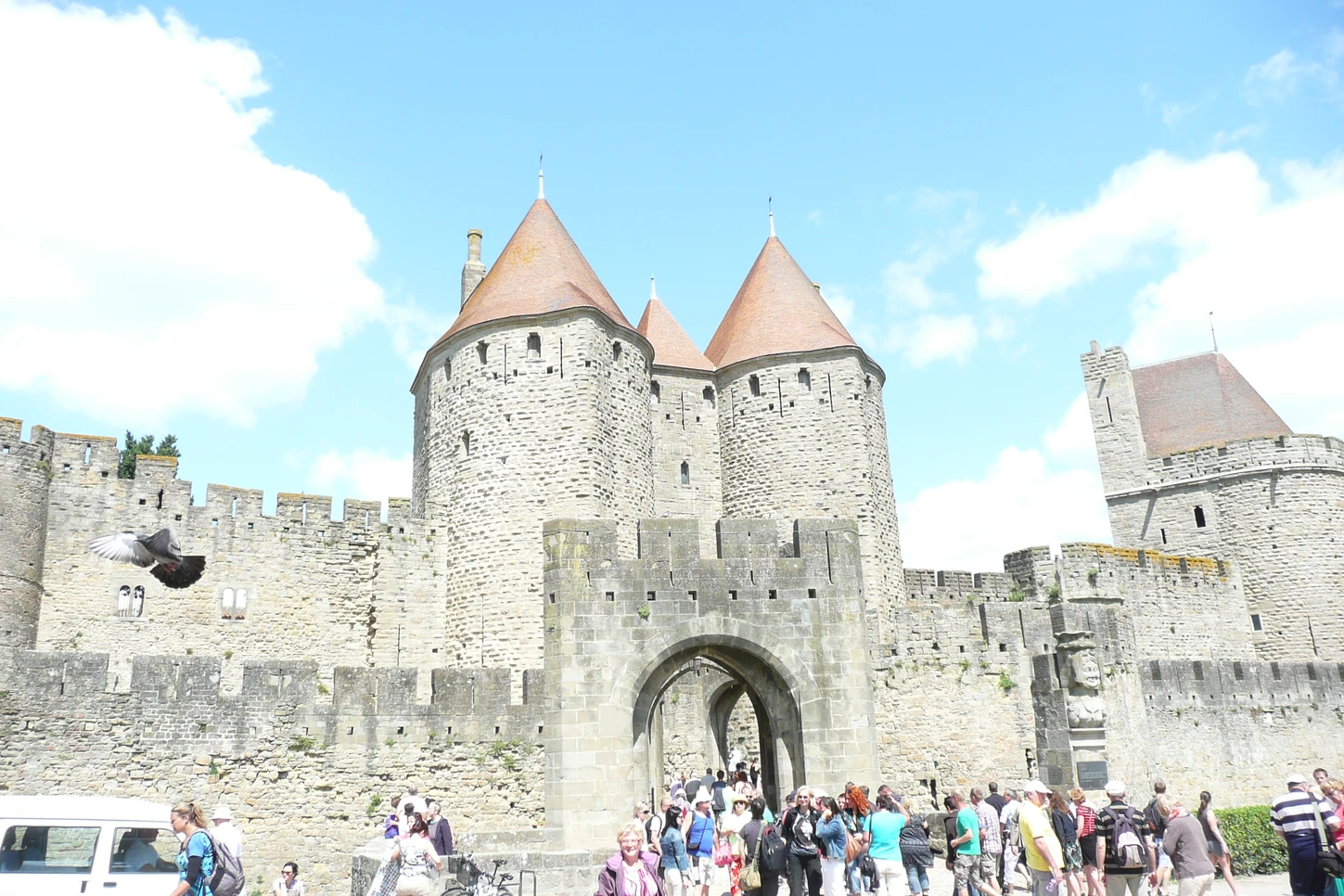
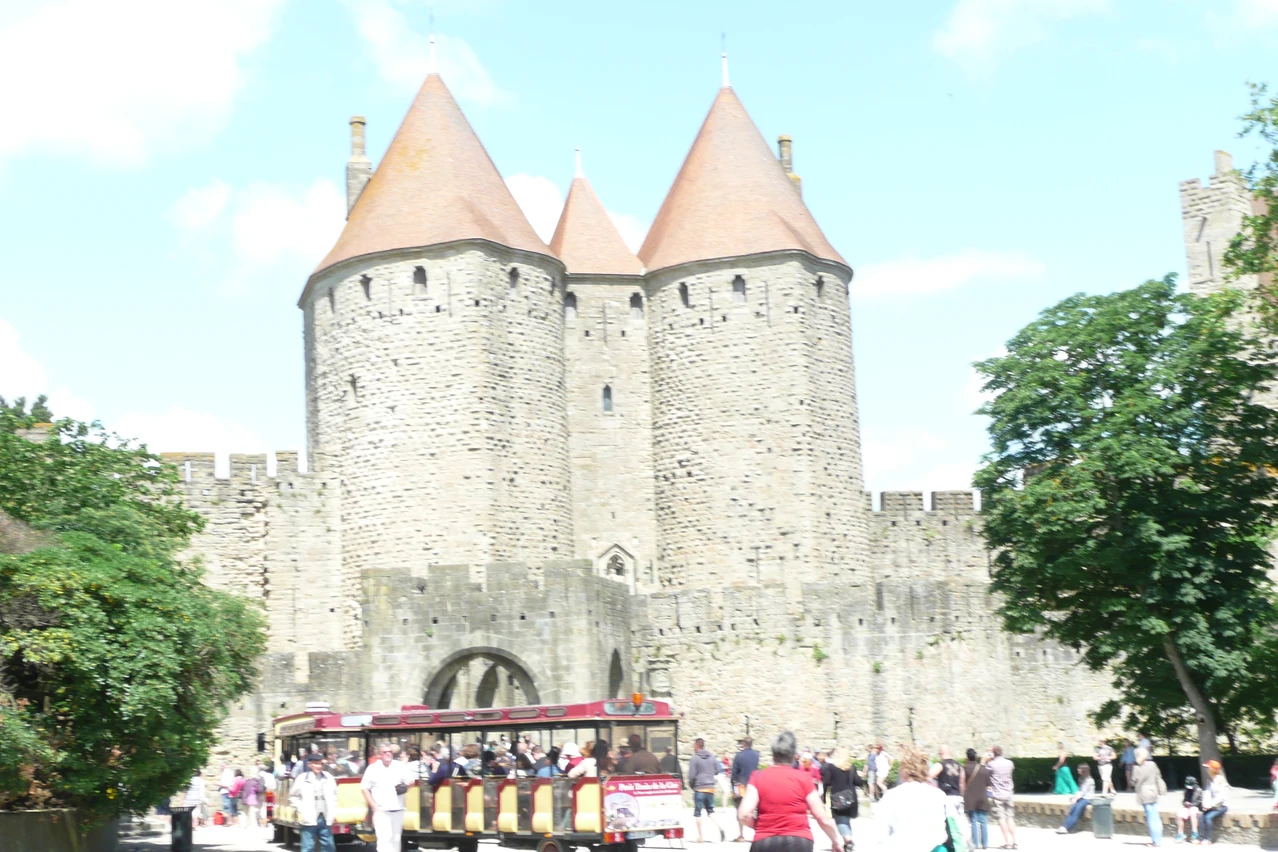
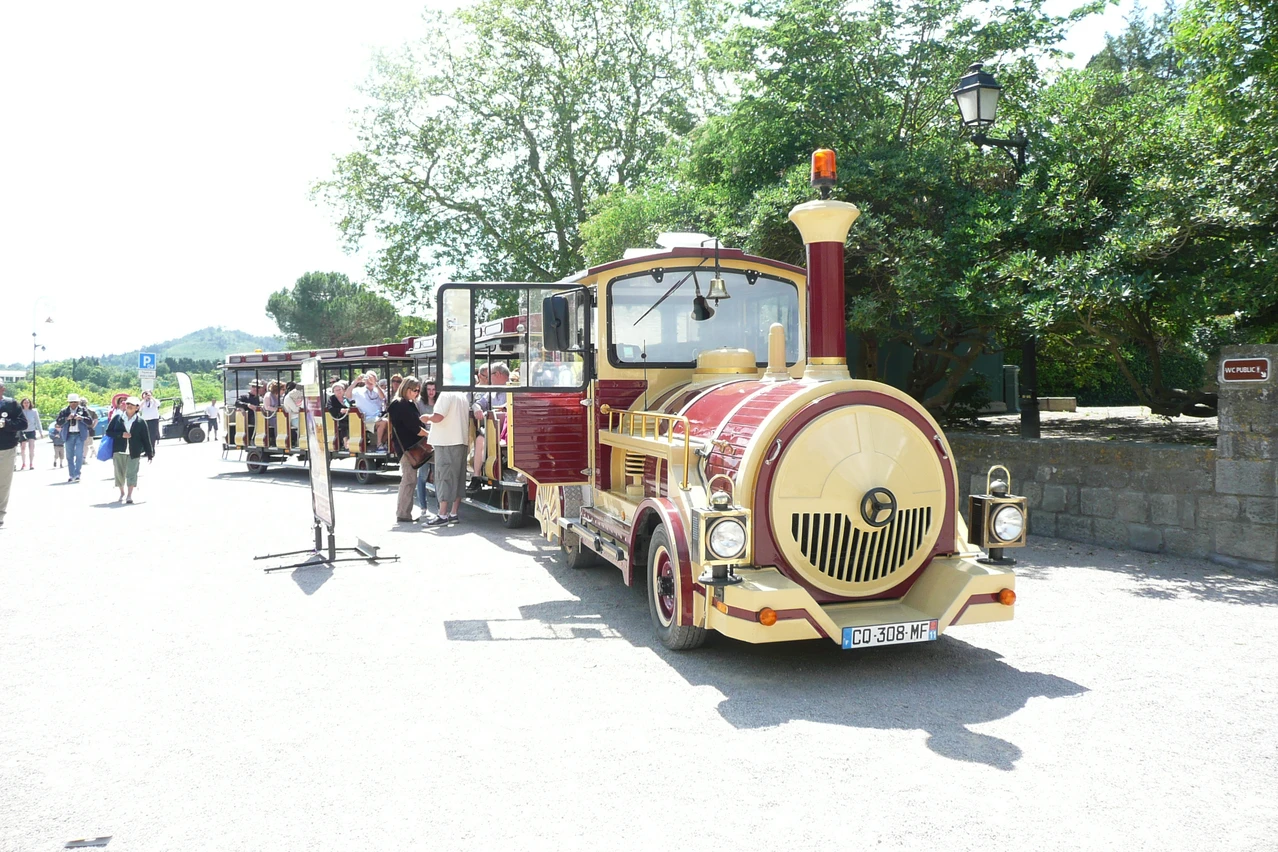









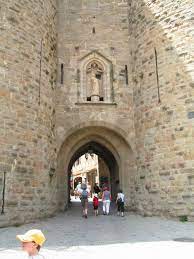




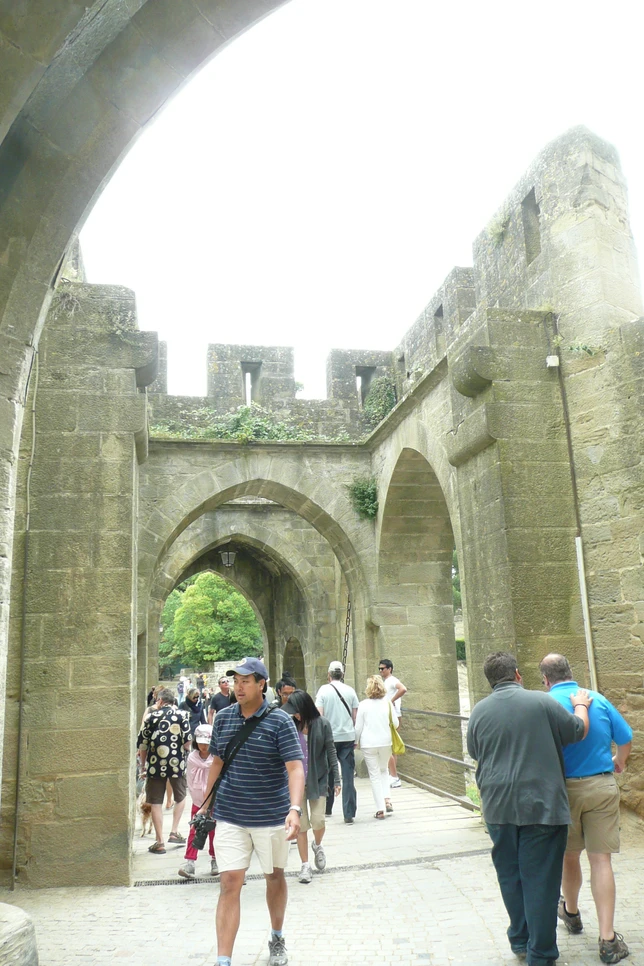


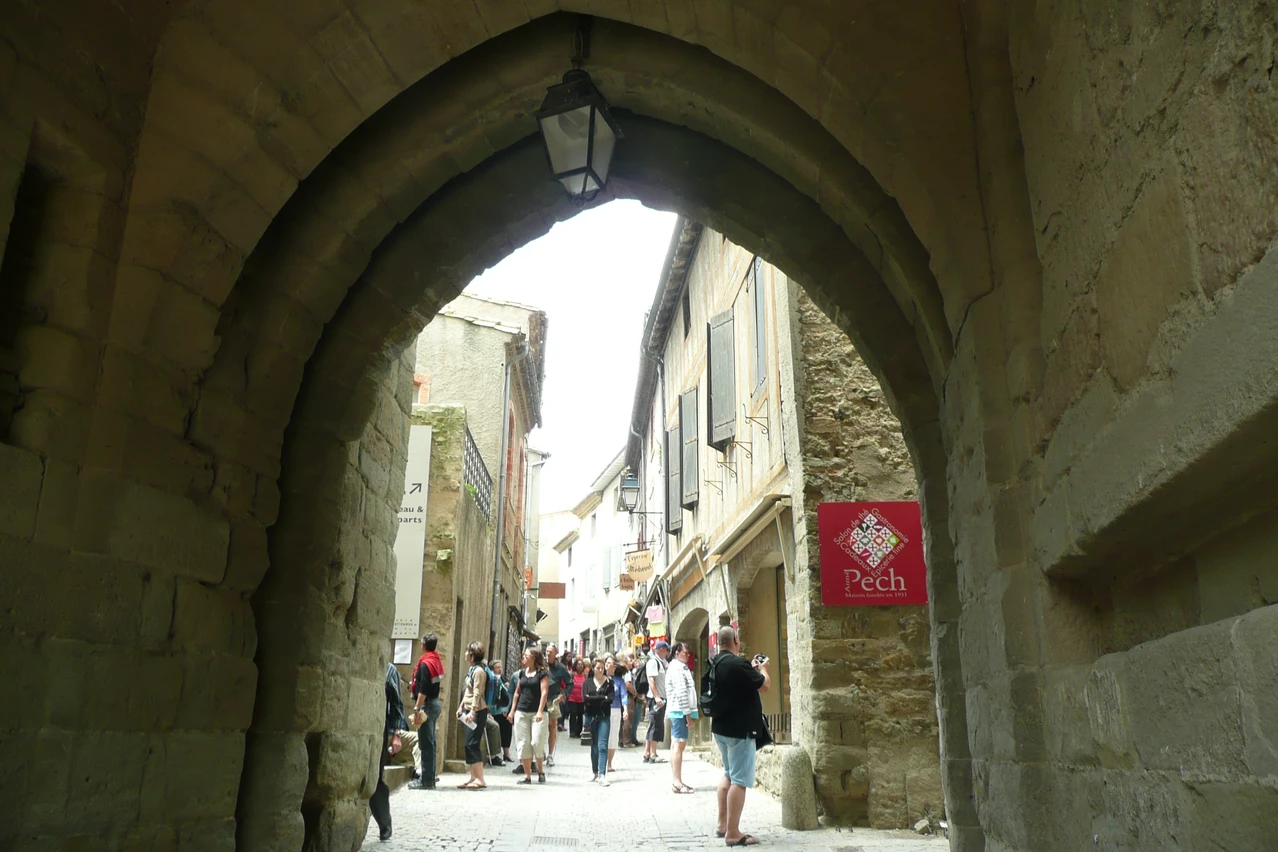




















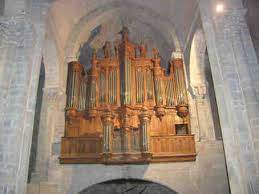
































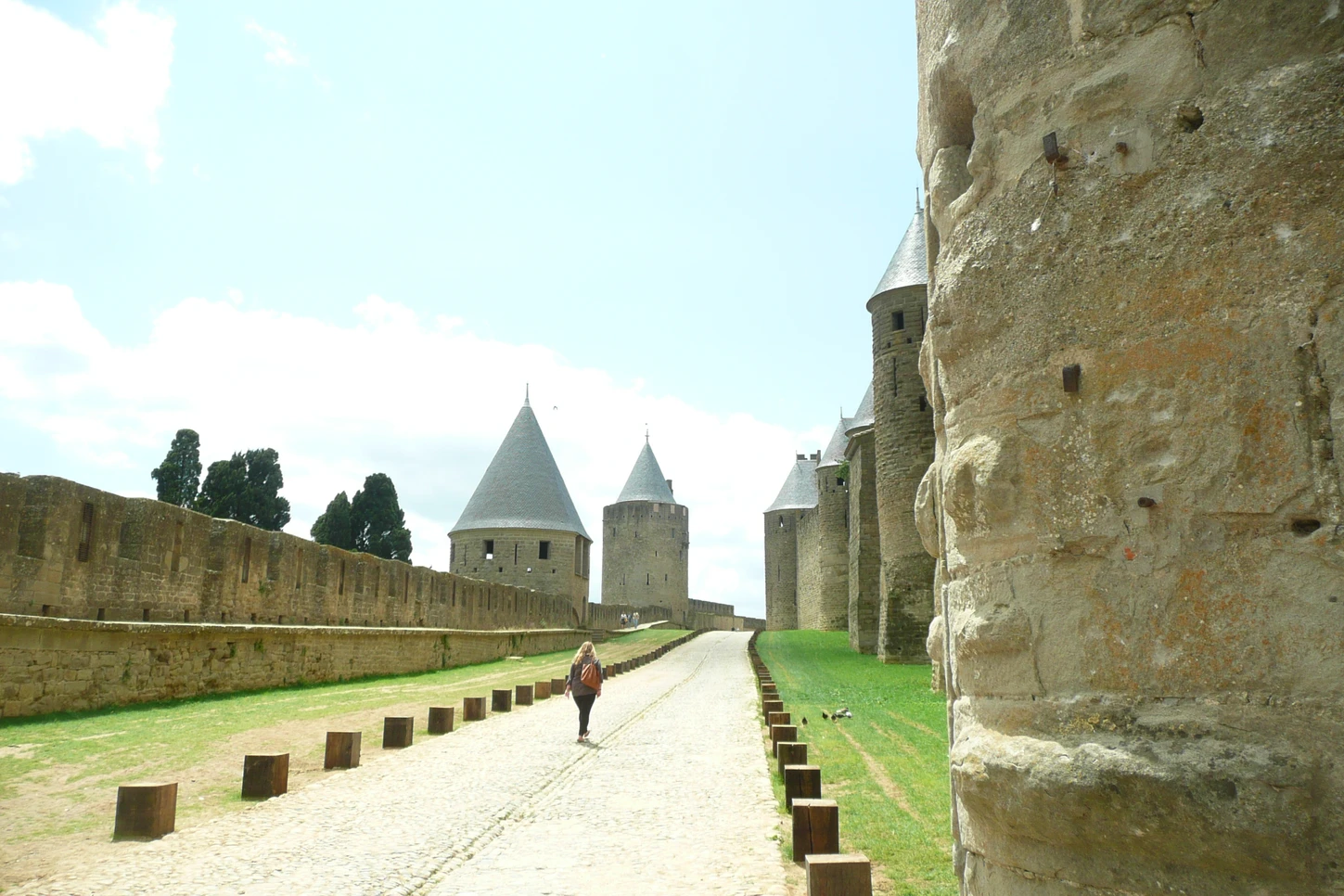


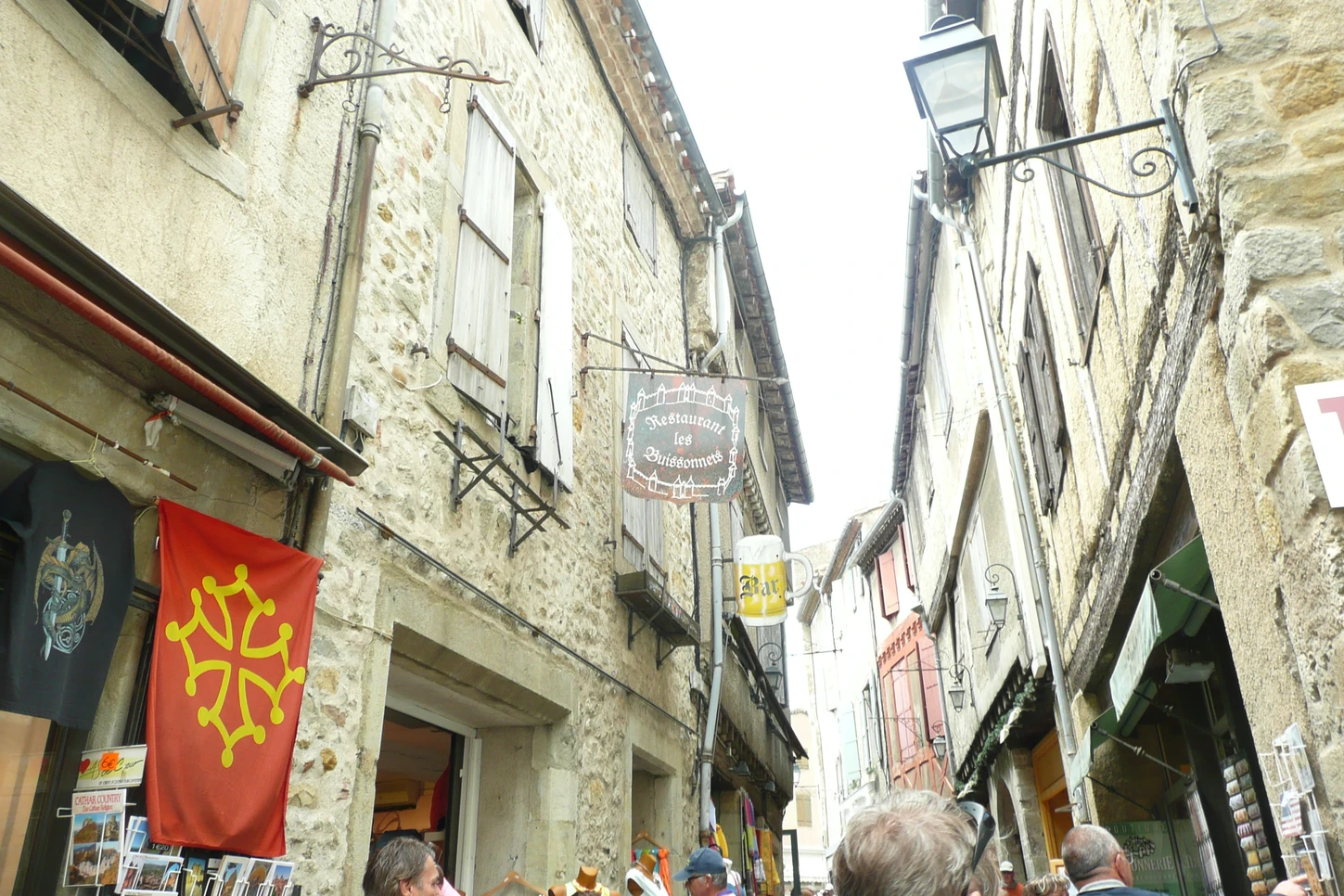
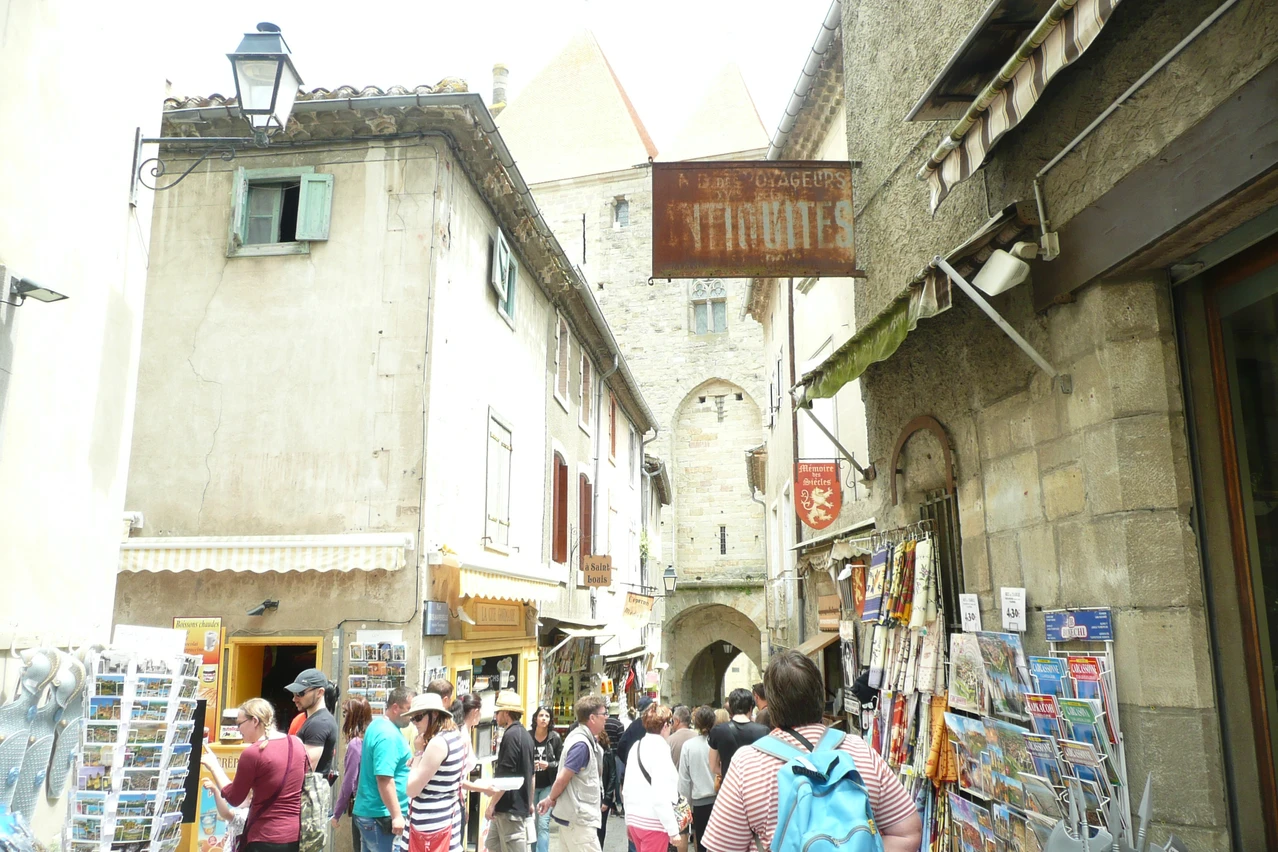




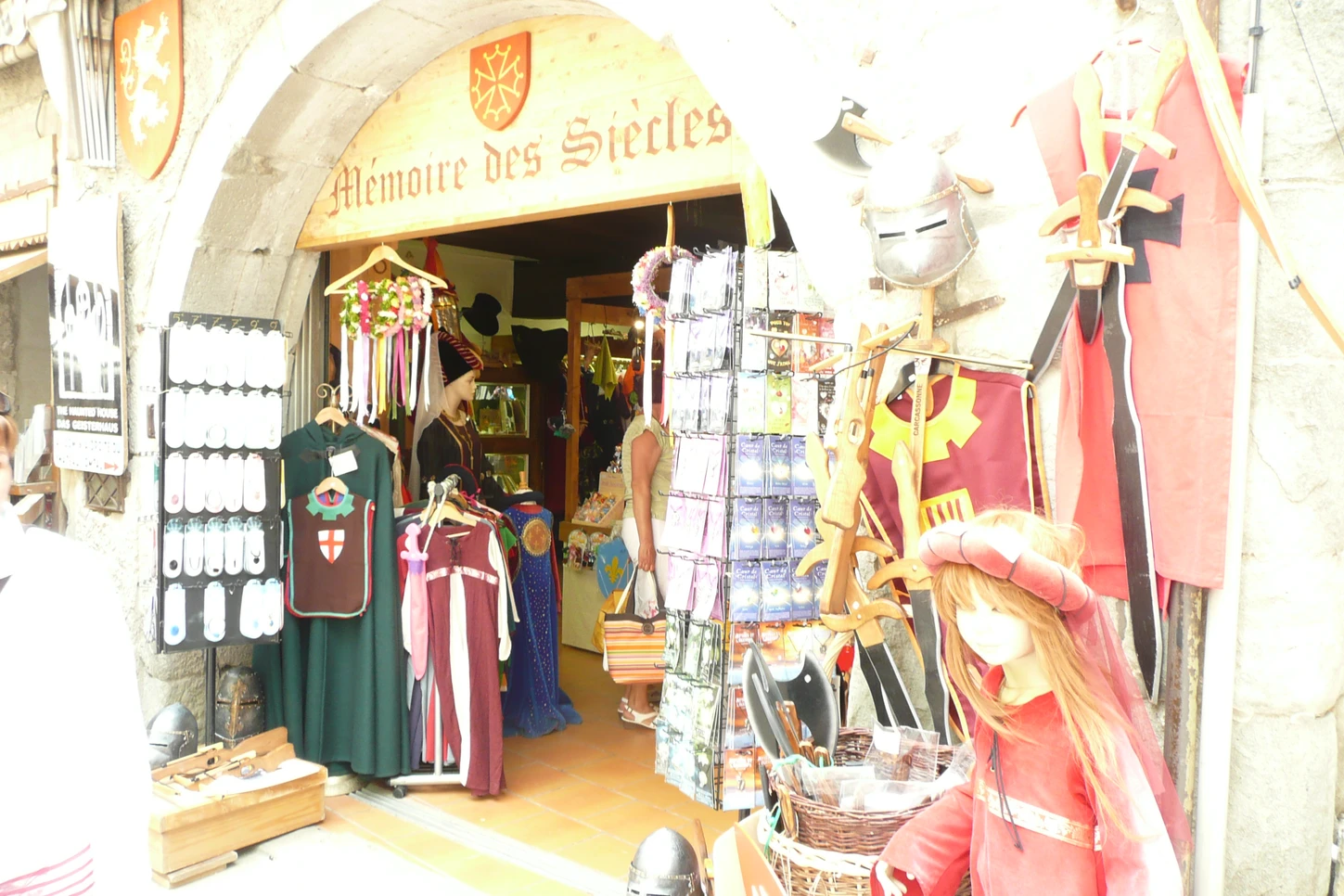




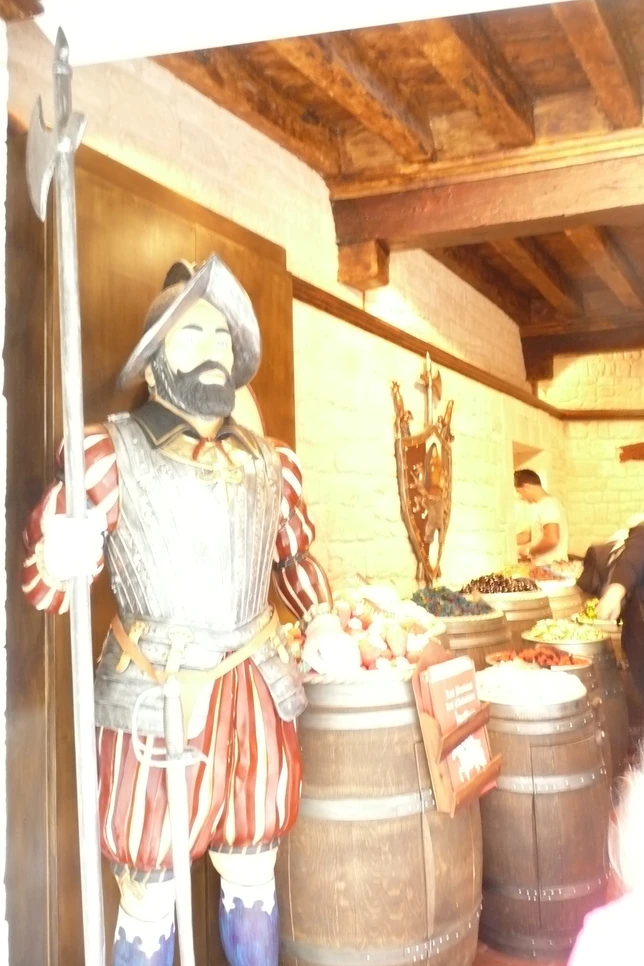
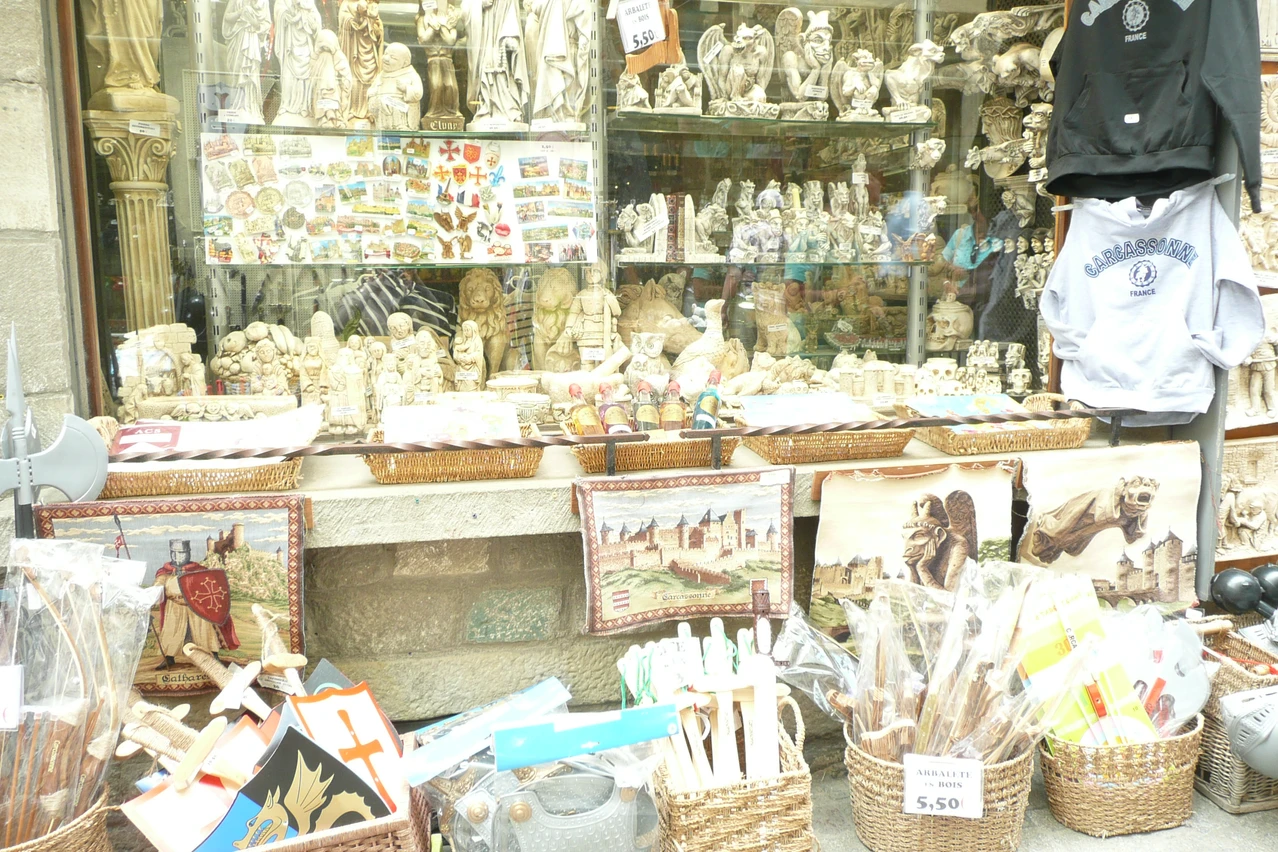
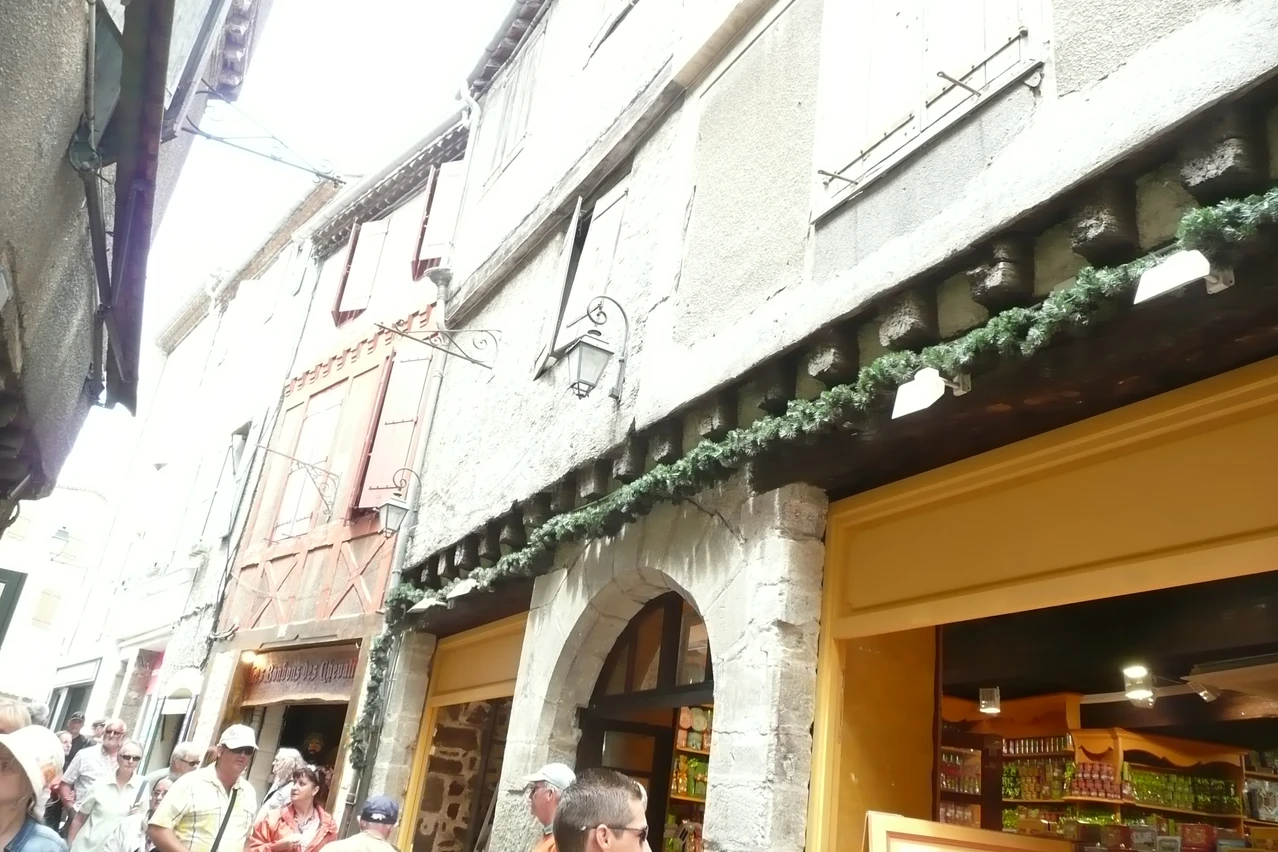
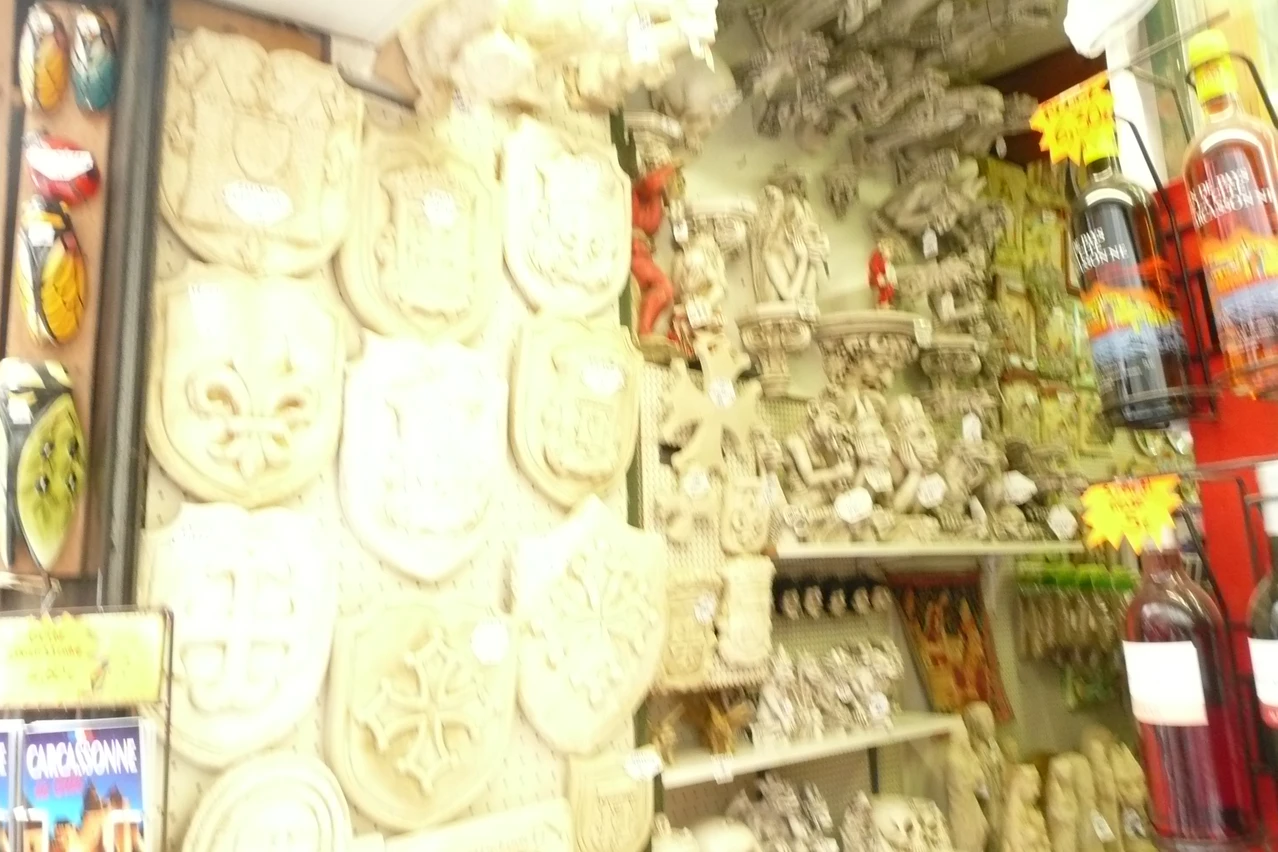
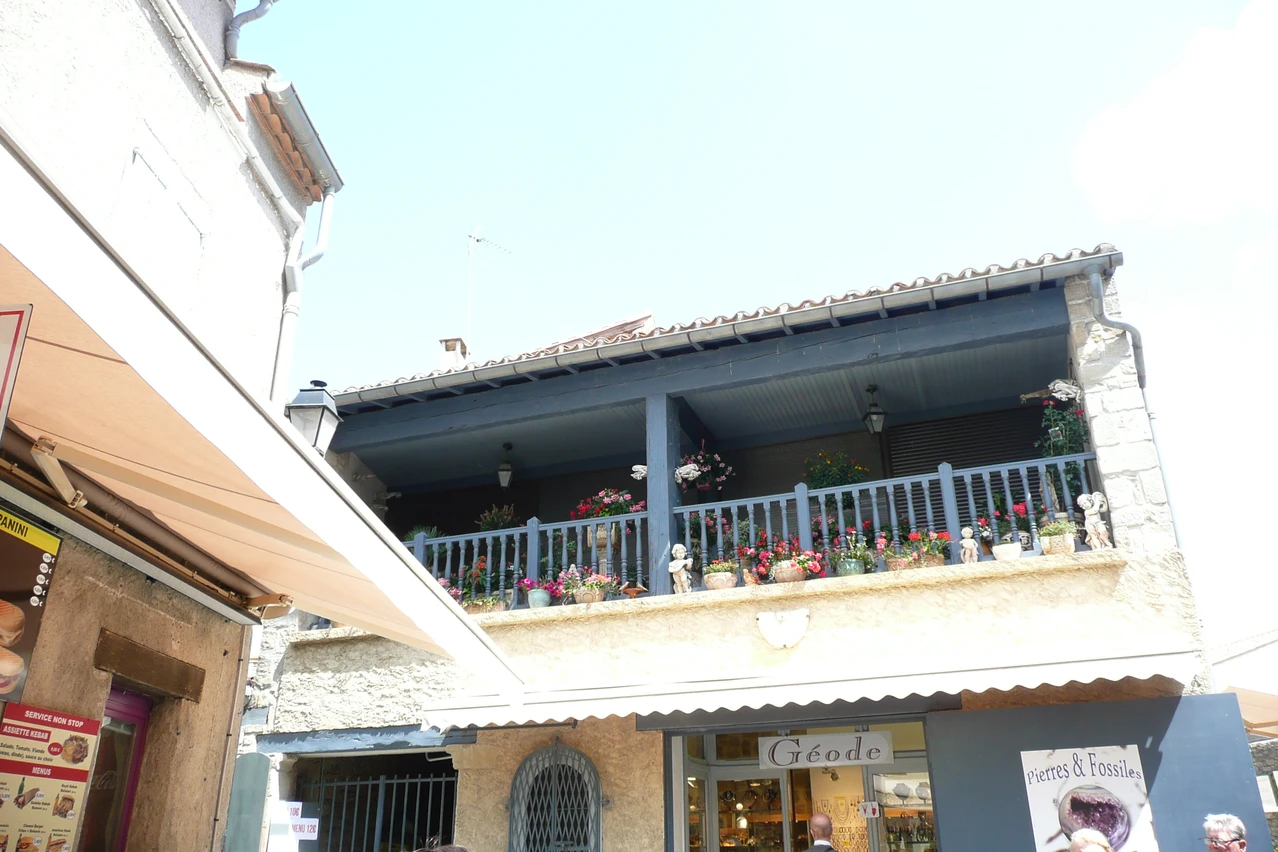
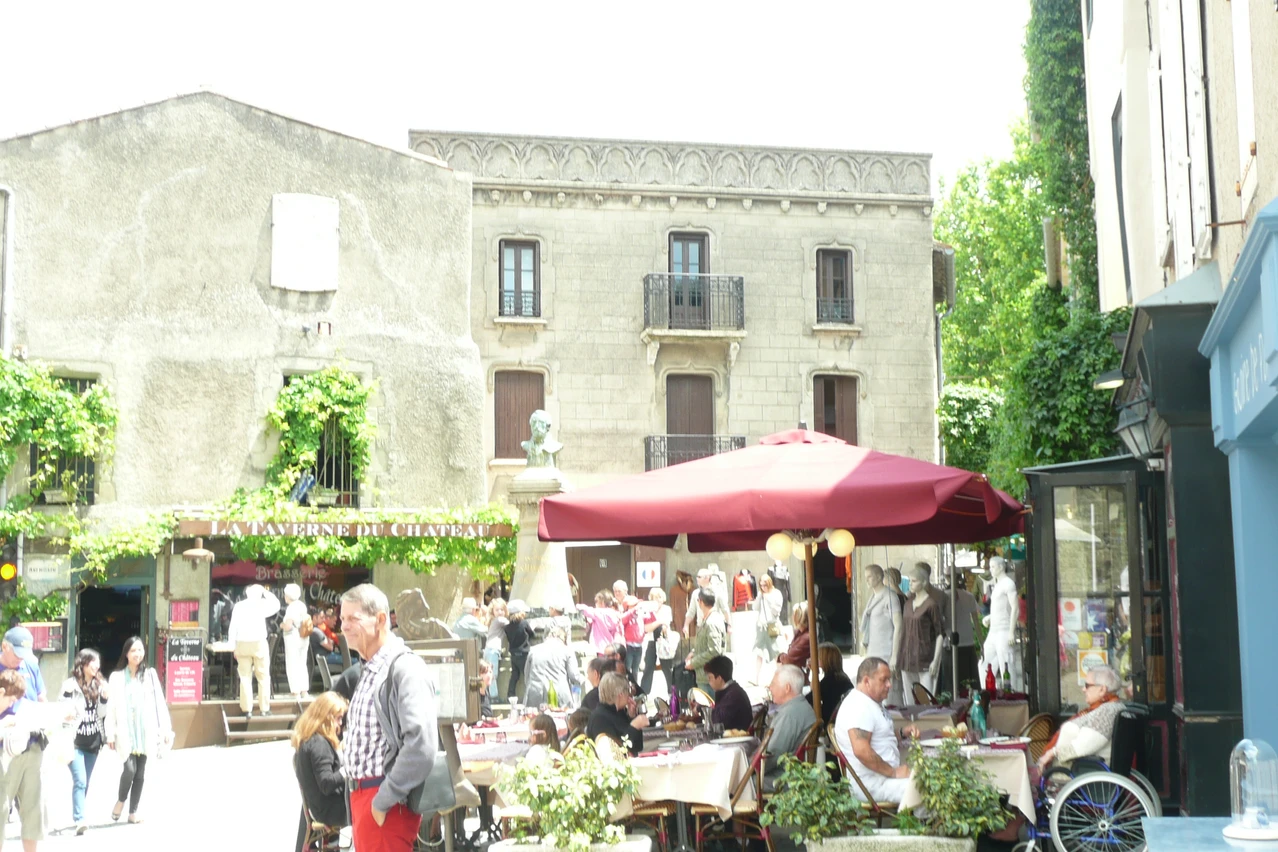
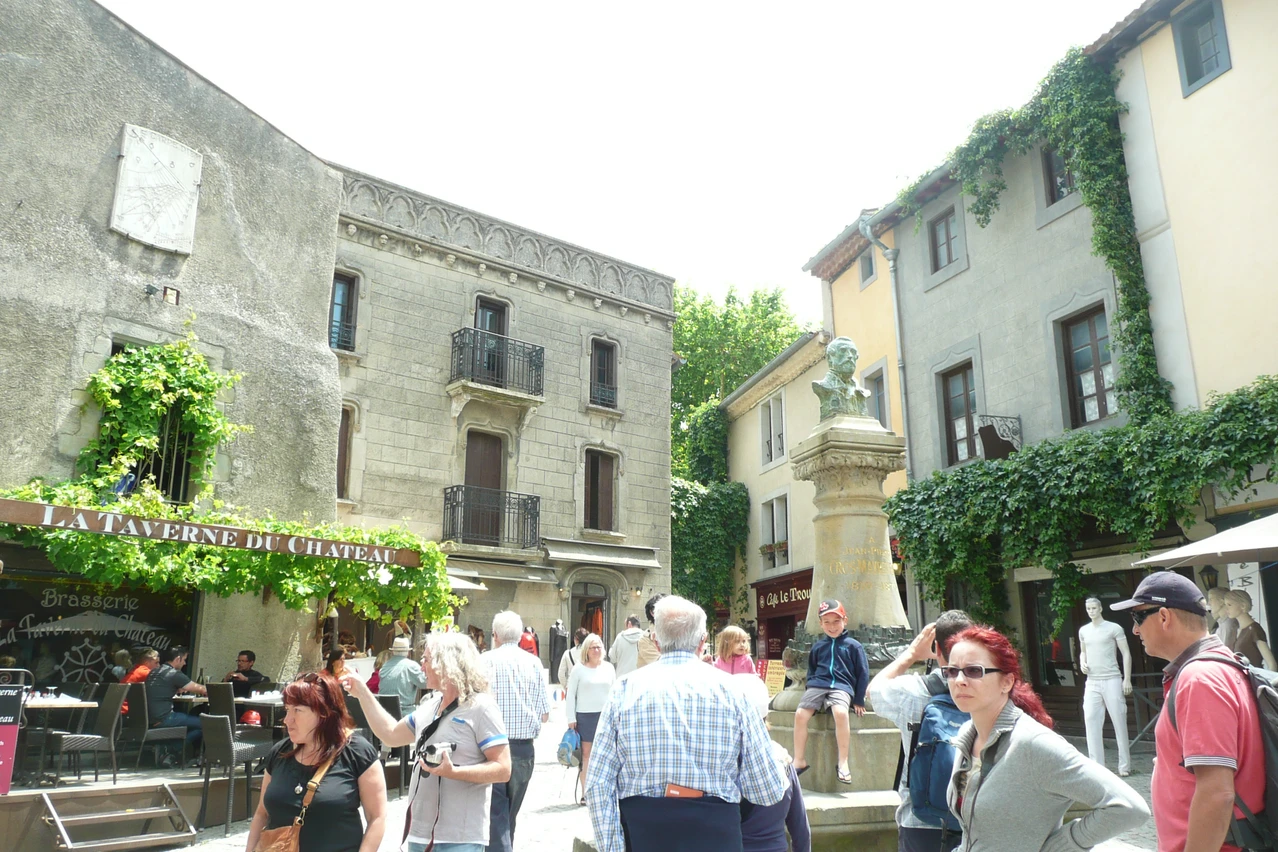









Comments